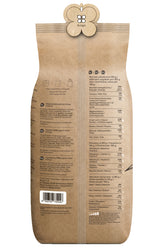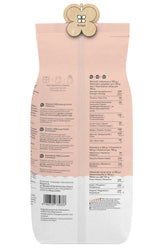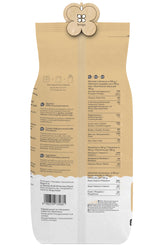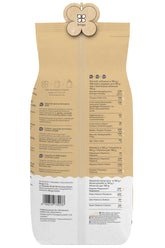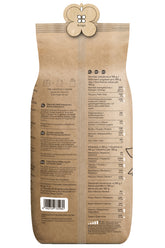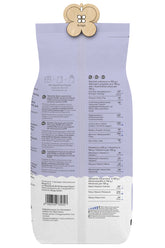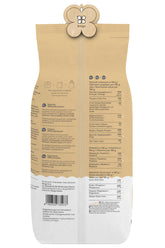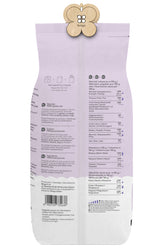Potassium nitrate is a versatile chemical with numerous applications. Whether in agriculture, industry, or even laboratories – potassium nitrate is an essential component of many processes. However, handling this substance requires special precautions. In this blog post, we provide valuable tips for the professional use of potassium nitrate.
Properties and Uses of Potassium Nitrate
Potassium nitrate, also known as saltpeter or niter, is a crystalline solid with the chemical formula KNO3. It is colorless, odorless, and highly soluble in water. Key properties of potassium nitrate include:
- Oxidizing agent: Potassium nitrate is a strong oxidizing agent and can react violently with combustible materials.
- Fertilizer: In agriculture, potassium nitrate is used as a fertilizer as it provides potassium and nitrogen.
- Pyrotechnics: In pyrotechnics, potassium nitrate serves as an oxidizing agent for fireworks.
- Medicine: Potassium nitrate is used in medicine as a vasodilator for the treatment of angina pectoris.
- Food Industry: In the food industry, potassium nitrate is used as a preservative for meat and sausage products.
Safety Aspects When Handling Potassium Nitrate
Although potassium nitrate is versatile, handling it requires special precautions. As an oxidizing agent, it can react violently with combustible substances and even cause explosions. Therefore, it is important to observe the following safety aspects:
Storage of Potassium Nitrate
Potassium nitrate should always be stored separately from combustible materials such as wood, paper, or textiles. Storage rooms must be dry, cool, and well-ventilated. Direct contact with metals, especially aluminum and copper, should be avoided to prevent corrosion.
Personal Protective Equipment
When handling potassium nitrate, wearing appropriate personal protective equipment (PPE) is essential. This includes at least safety goggles, chemical-resistant gloves, and a respirator. In case of dust formation, a dust protection suit should also be worn.
Disposal of Potassium Nitrate
Residues or waste from potassium nitrate must be disposed of properly. This also includes the disposal of packaging that contained potassium nitrate. The responsible waste disposal companies will gladly advise you on applicable regulations.
Professional Use of Potassium Nitrate
In addition to general safety aspects, there are several other points to consider when using potassium nitrate. Specific rules and regulations apply depending on the field of application.
Use as Fertilizer
In agriculture, potassium nitrate is used as a fertilizer to increase potassium and nitrogen levels in the soil. Correct dosage is crucial to avoid over-fertilization and environmental damage. Application should follow the manufacturer's recommendations.
Use in Pyrotechnics
For use in pyrotechnics, such as in fireworks, strict safety regulations apply. Only trained specialists are permitted to use potassium nitrate in this field. Storage and transportation are subject to special regulations.
Application in Laboratories
In laboratories, potassium nitrate is frequently used for chemical analyses and experiments. Special attention must be paid to handling hazardous substances here. The laboratory must have suitable equipment such as fume hoods and safety gear. Additionally, specialized training for laboratory personnel is required.
Conclusion
Potassium nitrate is a versatile chemical that must be handled with caution. By observing safety aspects and correct application, potassium nitrate can be used safely and efficiently in various fields. It is best to thoroughly inform yourself in advance about applicable regulations and guidelines to minimize risks and ensure safe handling.




